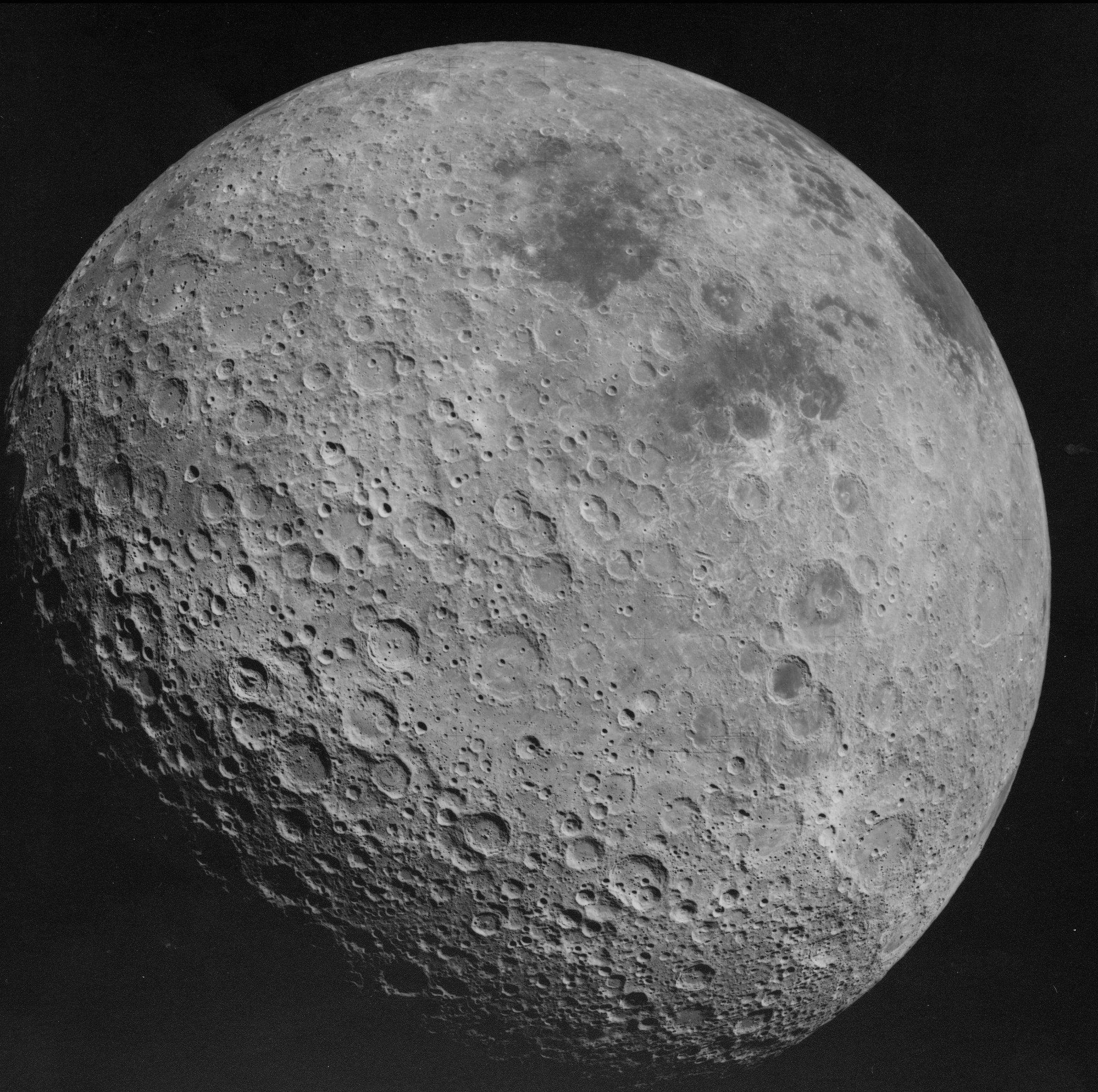The Chinese lunar rover Yutu-2 has been exploring the far side of the Moon for three years, making it the longest lunar surface mission in history. In a paper published today in Science Robotics, the Yutu-2 team reports on the rover’s progress and what it has revealed so far about the Moon’s far side.
Yutu-2 landed on the Moon in January 2019 as part of the Chang’e-4 mission, the first to ever land on the Moon’s far side. The mission’s goals are to study the composition of the basalt rocks on the Moon’s far side and to compare those volcanic rocks to the rocks on the near side of the Moon. Since its landing, the rover has travelled some 1,005.84 m, analysing the geology of our nearest celestial neighbour along the way.

The new paper documents the locomotive capabilities of the rover (as proven by its trek across the surface to date) as well as the scientific work of the robot’s first two years on the Moon. Two points of interest actually intersect: one of the findings from the recent paper is that the Moon’s far side has soil that appears a bit stickier than the soil on the near side. The researchers discovered this because clods of lunar soil were sticking to Yutu-2’s wheels, suggesting that the surface on the far side is more consolidated and loamy than on the near side.
Yutu-2 also found a lot of craters that were relatively small. Of the 88 craters the team documented in the paper, 57 were less than 10 metres across. Only two were over 60 metres across. Some of those smaller craters, based on their location and size, are thought to be secondary craters of the larger Zhinyu crater near which the rover landed, rather than from individual impacts.
There are more craters on the Moon’s far side than on the near side, but that’s not because it gets more impacts. Rather, it’s that the near side has seen more volcanic activity, which has washed away craters like a drawing on an Etch-a-Sketch.
The recent research is just the latest update from this industrious rover. Just a few months after Yutu-2 was deployed, data from the rover revealed that material from the Moon’s mantle was sitting on the far side’s surface. The rover’s most recent achievement was visiting what looked from afar like a “mysterious hut” but, of course, turned out to be merely a rock.
Future insights from Yutu-2 can now be compared to the Moon rocks brought to Earth by the Chang’e-5 mission, the successor to the one that brought this rover to the Moon.
